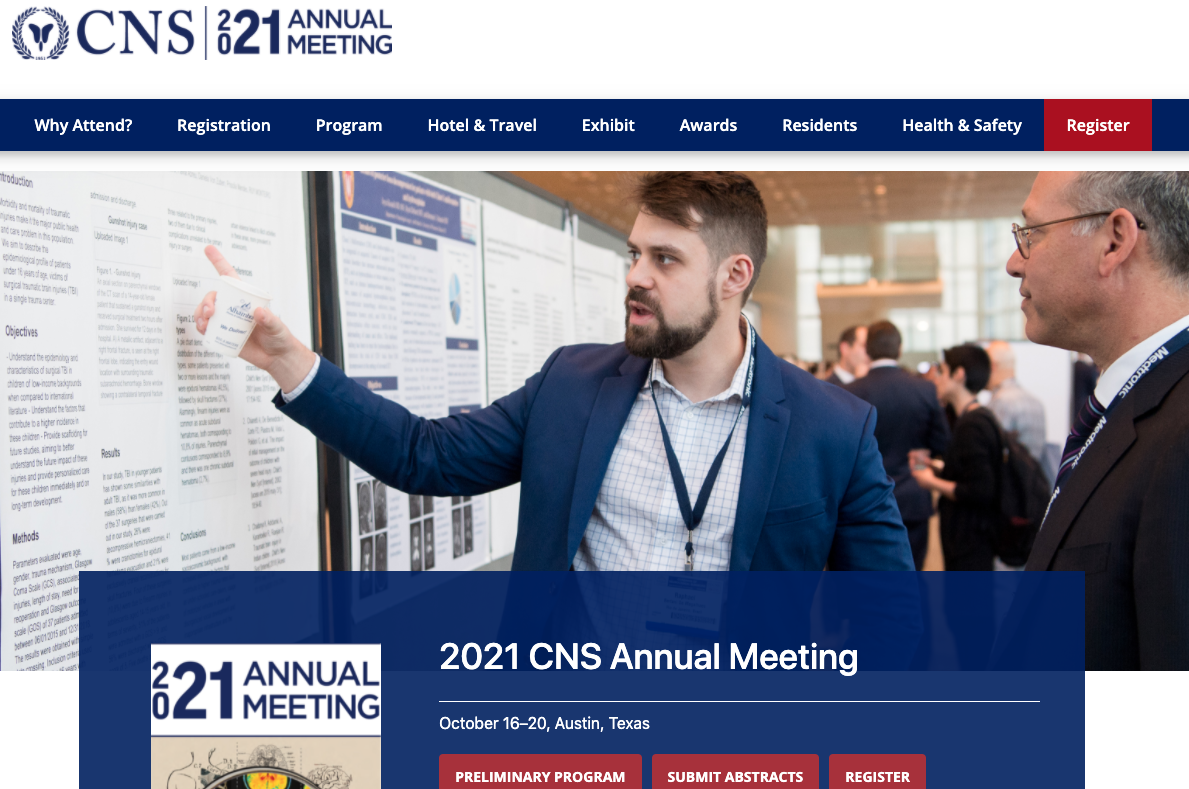Leaving Community
Are you sure you want to leave this community? Leaving the community will revoke any permissions you have been granted in this community.
NIF FAQ
NIF FAQ
I've searched through NIF and can't find what I'm looking for, what should I do?
You can send a message to NIF curators/managers if there is a certain resource or RRID you cannot find.
NIF provides a lot of information in the search results. How can I increase the viewing area?
You can increase the viewing area by clicking on the Fullscreen button or the Show More Columns button.
What can I do to make the NIF data federation results easier to browse?
After selecting a data source, you can filter results by keywords, resource type, availability, etc. by selecting Facets on the left hand side of the results page. Additional filters include sorting by last modified time and by new records, which can be located in the top left corner of the results page.
Each column on the results table can be searched individually or sorted by ascending or descending order by clicking on the green bolded column titles.
You can change the results viewed per page by selecting the drop down menu next to the number of results at the top left corner of the results table.
What is meant by a community resource?
NIF is a resource for neuroscientists, built by neuroscientists. Involvement of neuroscientists is critical for continuing improvement of the NIF most importantly in the areas of vocabularies and resources.
NIF Vocabularies: The NIF consensus vocabulary, the NIF Standard ontology (NIFSTD), is the basis of our "smart" search technology and it attempts to encompass the various subspecialties of the field of neuroscience. The vocabulary continues to be improved by NIF staffThe vocabularies and is available for download as a ttl (turtle) file in our github repository and also through the NCBO BioPortal. Please see our Github Ontology Repository for help in understanding the structure of the NIF ontologies and loading them into Protege. To address this need for a shared semantic framework for neuroscience, NIF has created NIF terminology, a comprehensive lexicon of common neuroscience terminology woven into an ontologically consistent, unified representation of the biomedical domains typically used to describe neuroscience data. For more on vocabulary, please visit NIF vocabularies page.
NIF Registry: The NIF Registry is a catalog of resources that has been curated by the NIF curation staff and continues to be improved. NIF would like to register all neuroscience-related Web resources such that they can be easily found by neuroscientists. NIF welcomes your feedback on existing resources and encourages you to recommend additional Web resources that relate to neuroscience to be included in the registry.
How can I access grant information?
Currently, NIF exposes content from three grant databases which are queried each time a search is conducted:
the Grants.gov database, managed by the U.S. Department of Health and Human Services, is your source to find and apply for grants,
the NIH RePORTER database provides a listing of funded grants from NIH institutes,
and Research Crossroads provides access to the world of publicly funded research data from government and private research agencies.
Results from your search can be viewed from the Grants tab and the Data Federation tab, under the Category, Grants. The Grants tab only exposes results from the Grants.gov database while the Data Federation exposes results from all of the databases.
You may also find results in the NIF Registry. Look for search results that are categorized as a Funding Opportunity (left panel).
NIF continues to seek out and register relevant, non-profit organizations that provide grants to neuroscientists. If you know of any additional resources, please recommend the resource for inclusion in the NIF.
How can I find antibodies?
The Antibody Registry (AR), which serves the scientific community by providing a list of antibodies as well as a set of unique identifiers for commercial and non-commercial antibody reagents, is one of the various data sources available through NIF. Searching for antibodies in NIF will yield results not only found in the AR but also in other data sources, such as GEO and NURSA.
NIF is working to increase the number of antibody resources and we invite you to recommend a resource through the AR. The Antibody Registry allows any user to submit a new antibody or a set of antibodies via web form or spreadsheet upload.
For more information on the Antibody Registry, please visit the Antibody Registry.
Can I access full journal articles through the NIF?
NIF provides a search of the full text of the paper at the Neuroscience Literature tab and the Open Access tab but does not provide a way to view the full text in NIF (but stay tuned, we are working on it). You may, however, view the full text by using the links to PubMedCentral, or PubMed may have a link to the full text, which you can view if you have an institutional or personal subscription.
If I register a resource to NIF will it be immediately available?
The registered resource will be available in the NIF Registry after it is curated and indexed by curators. Curation is completed within 7 days and the NIF system is indexed over the weekend.
How many resources are listed in the NIF Registry?
For an up-to-date number of resources (make sure the search field is cleared), refer to the number displayed on the NIF Registry tab. There are currently over 3,500 resources that have been reviewed by a human curator, but the number changes weekly as new resources are continually added. With only a few exceptions, commercial sites are not listed. We anticipate that this may change in the future. Increase the count by registering your favorite resource.
Are commercial sites listed in the NIF Registry?
NIF generally lists only non-profit entities; however, there are exceptions concerning commercial software and how a resource is related to a larger commercial body.
Why can't I find my favorite database/Web site through NIF?
Your search parameters may not yield a result, or the entry you are searching for may not exist. NIF offers several search options, and it may be that by expanding or refining a search, the resource you are looking for will be returned. If you still can't find what you are searching for, ask the NIF curators through Zendesk.
How do I add a resource to the NIF Registry?
If you would like to see a resource added to the NIF Registry, register a resource online.
What is the difference between the NIF Registry and the Data Federation?
The NIF Registry is a catalog of neuroscience relevant resources that has been manually annotated using a set of descriptors to characterize the type of resource (e.g., reagent provider, software resource, database, etc.) and its biological scope (e.g., neurophysiology, Parkinson's disease, neurodevelopment, etc.). Additional information like short name and parent organization has also been provided. In general, the detailed content within the resource is not characterized. For example, if a site has MRI data on many different neurodegenerative diseases, the site will be classified under “MRI” and "neurodegenerative disease" and not all the specific types of neurodegenerative diseases it contains. Content presented on dynamically generated pages, i.e., contained in a database, will not have been indexed in the Registry and therefore is inaccessible to NIF Registry queries. The NIF provides access to this deep hidden content through the Data Federation. Once a resource is registered to the Data Federation, direct queries can be made against the database or dataset through the NIF interface.
I have a resource that I want to expose through the Data Federation. How do I proceed?
To register a database to be included in the Data Federation, begin by registering your resource. Once curated, create a resource description (sitemap); then set up a consultation with the NIF interoperability team.
What is a concept-based search?
A concept-based search is a search based on the meaning of a term rather than the literal string. NIF includes all synonyms of a term with each search. For example, Parkinson's Disease has an archaic synonym, Paralysis Agitans, and a common synonym used in medical literature, Idiopathic PD. A search for Parkinson's Disease will return all these terms. A concept-based query allows a user to search for GABAergic neuron, returning a list of all neurons that are GABAergic, such as purkinje cell, rather than searching just for the term GABAergic. Terms such as GABAergic neuron or drug of abuse are bolded in the search field autocomplete drop-down list to indicate that they are concept terms and thus will return a concept-based search.
Why does NIF use a string-based search?
Although NIF offers a concept-based search (using the formal semantics of the NIFSTD ontology), the NIF also uses a string based search in order to maximize the possibility of locating relevant resources. As mentioned above, because the concept-based search currently relies on human annotation, and because resources and vocabularies are constantly evolving, only a subset of the registered resources in the NIF have access to the concept-based query. The annotation process is also not completely straightforward, as many resource descriptions require capturing complex inter-related semantic facets, a process that is difficult to automate. For this reason, we have also implemented a standard, term-based search common in Web search engines. Though the results of such term or string-based searches cannot provide the advantages offered by concept-based searches, they do comprehensively cover the NIF’s registered resource pool. In the course of ongoing NIF development, these two forms of search will be synergistically combined to gradually increase both the conceptual accuracy and comprehensive coverage of the NIF resource repository searching.
How do I add to the NIF vocabularies?
If you have a terminology that covers a domain not currently represented in NIF, please consider working with the NIF to make your vocabulary available.









